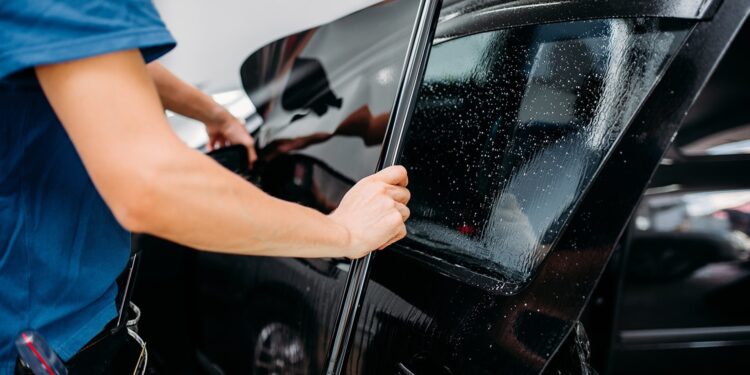Car window tinting is one of the most popular automotive upgrades among vehicle owners in Dubai. With extreme heat, high UV exposure, and frequent sandstorms, tinting is more than just a style statement—it’s a practical necessity. However, despite its widespread use, several myths and misconceptions about car window tinting persist in 2025.
From legality issues to concerns about visibility and performance, misinformation can stop car owners from making informed decisions. In this blog, we’ll break down the top 5 myths about car window tinting in Dubai and explain why these outdated beliefs no longer hold true in today’s automotive landscape.
Myth 1: Car Window Tinting Is Illegal in Dubai
Truth: Car window tinting is legal in Dubai—as long as it adheres to the specified guidelines issued by the UAE’s Road and Transport Authority (RTA). The confusion often arises from misunderstandings around tint percentages and the types of windows that can be tinted.
As of 2025, UAE regulations allow up to 50% tinting on side and rear windows, while the windshield must remain clear except for a tinted strip at the top (if allowed). Tinting beyond the permitted limit can lead to fines, but when done correctly, it is completely legal and even encouraged for protection against the desert sun.
Busted: If you stay within the legal limits, window tinting is not only allowed but advisable in Dubai.
Myth 2: Darker Tints Offer Better Heat Protection
Truth: While it may seem logical that darker tints block more heat, this is not always the case. Modern tinting technology, especially in 2025, focuses on infrared (IR) and ultraviolet (UV) rejection, not just darkness.
For example, ceramic and nano-ceramic tints can block up to 80–90% of heat and 99% of UV rays, even with lighter shades. On the other hand, a dark, dyed film might offer privacy but will not be as effective in keeping the interior cool.
This is especially important in Dubai, where sun intensity is extremely high, and heat reduction is crucial for both comfort and fuel efficiency.
Busted: Shade level doesn’t determine heat rejection—tint material and technology do.
Myth 3: Tinting Reduces Night Visibility and Driving Safety
Truth: This myth likely stems from poor-quality tint installations or the use of non-compliant dark films. When done correctly with modern materials, car window tinting does not compromise night visibility.
Tint films in 2025 are engineered with optical clarity, allowing excellent visibility from the inside out, even in low-light conditions. Legal tints also ensure that you don’t exceed the darkness level that would hinder visibility during nighttime driving.
The key is choosing the right tint percentage and ensuring professional installation. A quality film provides comfort during the day and clear sight at night without straining the eyes.
Busted: Proper tinting using the right materials enhances comfort without compromising visibility or safety.
Myth 4: Tinting Will Damage My Windows or Defrost Lines
Truth: Modern tinting films are non-invasive and safe for all types of automotive glass, including those with built-in defrost lines or antenna systems. This myth originated years ago when low-quality adhesive films were sometimes improperly installed, leading to bubbles or damage to rear window elements.
Today, with the use of high-grade adhesive technology and professional application techniques, window tinting is safer than ever. It does not damage glass, interfere with electronics, or affect factory-installed components when applied correctly.
Moreover, reputable tint films are removable without residue, so if you ever want to change or upgrade your tint, it can be done cleanly without harming the glass.
Busted: Modern tinting is completely safe for your vehicle’s windows and electrical systems.
Myth 5: All Window Tints Are the Same
Truth: This is one of the most common misconceptions. In 2025, the window tinting market offers a wide variety of films—dyed, metallic, carbon, ceramic, and nano-ceramic—each with different features and benefits.
- Dyed films offer basic privacy and minimal heat protection.
- Metallic tints reflect heat but may interfere with GPS or mobile signals.
- Carbon tints provide better UV blocking and heat resistance.
- Ceramic and nano-ceramic tints are top-tier, offering high clarity, excellent heat rejection, and zero signal interference.
Each type differs in terms of performance, durability, price, and application. Treating all tints as equal can lead to poor choices and disappointment, especially in Dubai’s demanding climate.
Busted: Tints vary greatly in quality, performance, and technology—choose wisely based on your needs.
Final Thoughts
In 2025, car window tinting in Dubai is no longer just about reducing glare or enhancing looks. It’s about comfort, protection, compliance, and performance—all of which are critical for driving in a city known for its intense sun and fast-paced lifestyle.
The myths surrounding car window tinting may have held some truth years ago, but modern advancements in tinting technology, installation methods, and regulatory clarity have debunked these concerns.
Whether you’re driving a luxury sedan or a family SUV, a properly installed, high-quality tint can make a world of difference. Don’t let outdated beliefs hold you back—stay cool, stay protected, and drive smarter in 2025.












